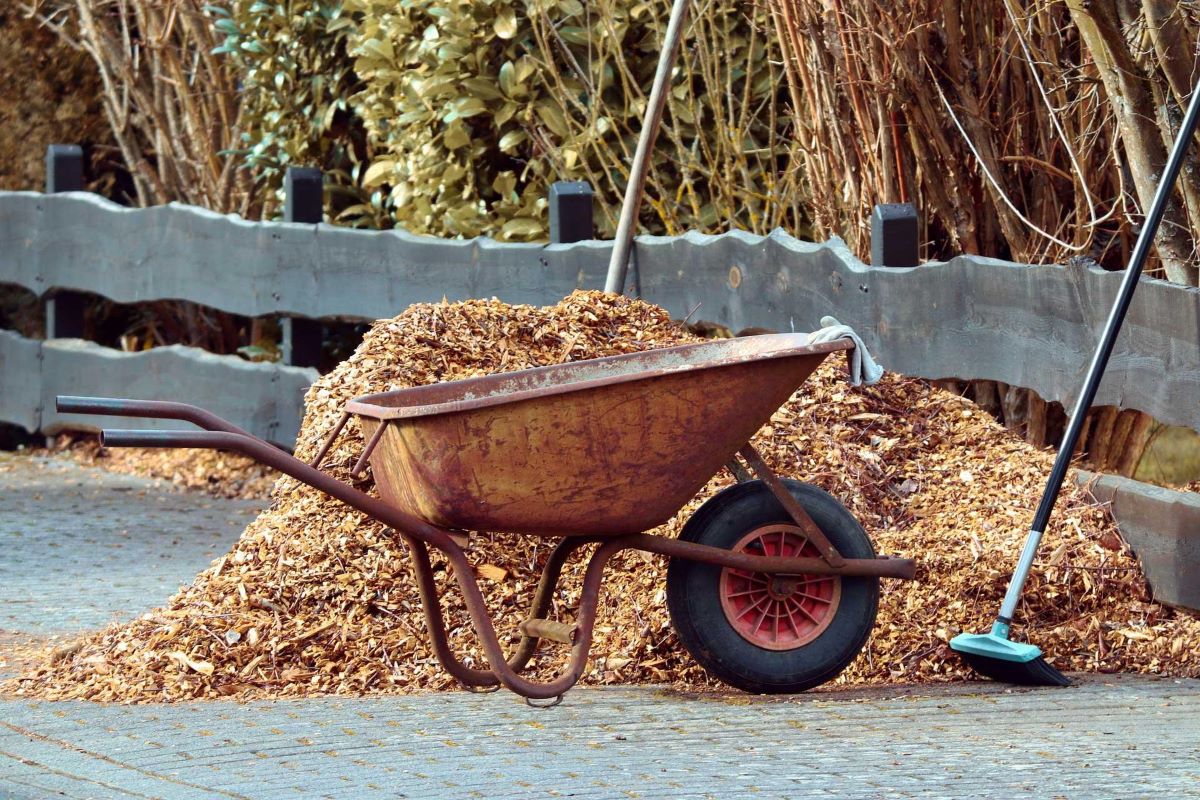

Articles
How To Store Mulch
Modified: May 6, 2024
Learn the best techniques for storing mulch with our informative articles. Find expert tips and advice to keep your mulch fresh and effective.
(Many of the links in this article redirect to a specific reviewed product. Your purchase of these products through affiliate links helps to generate commission for Storables.com, at no extra cost. Learn more)
Introduction
Welcome to the world of gardening and landscaping! Whether you are a seasoned gardener or just starting out, one of the essential elements to consider is mulch. Mulch is a material, such as wood chips, straw, or shredded leaves, that is spread over the soil surface to help regulate soil temperature, retain moisture, suppress weeds, and improve the overall health and appearance of your plants and garden beds.
While the benefits of using mulch in your garden are well-known, what many people overlook is the importance of proper mulch storage. Like any other gardening material, mulch needs to be stored correctly to maintain its quality and effectiveness.
In this article, we will explore the benefits of proper mulch storage and provide you with practical tips on how to store mulch to ensure its longevity and usability. Additionally, we will discuss different methods of mulch storage, including storing mulch in bags, bins or containers, and piles or heaps.
So, whether you have just purchased a fresh batch of mulch or have leftovers from a previous project, read on to learn how to properly store mulch and make the most of this valuable gardening resource.
Key Takeaways:
- Proper mulch storage prolongs its lifespan, retains moisture, prevents weed growth, maintains appearance, saves money, and promotes sustainability. Choose the right container, prepare the mulch, and follow storage tips for maximum effectiveness.
- Storing mulch in bags, bins, or piles offers flexibility based on quantity and preference. Regularly check moisture, prevent weed growth, avoid direct sunlight, monitor pests, rotate stock, keep covered, and ensure proper ventilation for maintained quality.
Read more: How To Mulch Landscaping
Benefits of Proper Mulch Storage
Properly storing your mulch offers several benefits that will help you maximize its effectiveness and lifespan. Let’s take a closer look at the advantages of taking the time to store mulch correctly:
- Prolongs the lifespan: By storing mulch properly, you can extend its lifespan and ensure its usability in future gardening projects. Mulch that is exposed to the elements, such as rain, wind, and sunlight, can deteriorate quickly and lose its beneficial properties.
- Preserves its moisture-retention capabilities: One of the key benefits of mulch is its ability to retain moisture in the soil, reducing the need for frequent watering. When stored correctly, mulch maintains its moisture-retention capabilities, ensuring that it remains an effective water-conservation tool.
- Prevents weed growth: Mulch acts as a natural weed suppressant by blocking sunlight and preventing weed seeds from germinating. Storing mulch properly will help maintain its weed-suppressing properties, saving you time and effort in weed control.
- Maintains its appearance: Mulch not only improves the health of your plants but also enhances the aesthetic appeal of your garden. Proper storage prevents mulch from becoming discolored, moldy, or infested with pests, ensuring that it stays visually appealing.
- Saves money: By storing mulch correctly and preserving its quality, you can avoid the need to purchase new mulch frequently. This can save you money in the long run, allowing you to allocate your gardening budget to other areas.
- Promotes sustainability: Proper mulch storage aligns with environmentally-friendly practices by minimizing waste. By protecting your mulch from degradation, you reduce the amount of mulch that ends up in landfills.
Now that we understand the benefits of proper mulch storage, let’s dive into the various methods you can use to store your mulch effectively and maintain its quality.
Choosing the Right Container for Mulch Storage
When it comes to storing mulch, choosing the right container is crucial for maintaining its quality and usability. The container you select should protect the mulch from moisture, sunlight, pests, and other elements that can cause degradation. Here are a few options to consider:
- Plastic Bags: One of the simplest and most common methods of mulch storage is using plastic bags. Select heavy-duty bags that are thick and sturdy to withstand the weight of the mulch. Fill the bags with the desired amount of mulch, leaving a small amount of air inside to allow for circulation. Seal the bags securely to prevent moisture and pests from entering.
- Trash Bins or Containers: Large plastic trash bins or containers with lids can be an excellent option for storing a significant amount of mulch. Ensure that the lid fits tightly to keep out moisture and pests. Label the bins or containers to easily identify the type of mulch stored inside.
- Wooden Boxes or Crates: If you prefer a more rustic or decorative storage option, consider using wooden boxes or crates. Line the bottom with landscaping fabric or plastic sheets to create a barrier between the mulch and the wood. This will help prevent the wood from rotting and extend the lifespan of the container.
- Pallets: Pallets can be a convenient solution for storing mulch in larger quantities. Simply stack the mulch bags or containers on top of the pallets, ensuring they remain stable and secure. This method allows for airflow and prevents moisture buildup, but it is essential to cover the mulch with a tarp to protect it from rain and direct sunlight.
Consider the available space, the amount of mulch you plan to store, and your personal preferences when selecting a container. Remember to prioritize functionality, durability, and protection when making your choice.
Now that you have chosen the right container for storing your mulch let’s move on to the steps involved in preparing the mulch for storage.
Preparing the Mulch for Storage
Before storing your mulch, it is important to prepare it properly to ensure its longevity and quality. Here are some steps you can follow to prepare your mulch for storage:
- Remove debris: Inspect the mulch and remove any sticks, rocks, or other debris that may have accumulated. This will help prevent damage to the container and ensure that the stored mulch remains clean.
- Dry the mulch: If your mulch is wet or damp, it is crucial to allow it to dry before storing. Excess moisture can lead to mold and decay, diminishing the quality of the mulch. Spread the mulch out in a well-ventilated area and let it dry completely.
- Sift the mulch: If you notice any clumps or large pieces in the mulch, consider sifting it to break it down into smaller, more uniform pieces. This will make it easier to handle and spread when it comes time to use it in the garden.
- Inspect for pests or diseases: Take a close look at the mulch for any signs of pests or diseases. Remove any infested or diseased material and dispose of it properly to prevent the spread of pests or pathogens. This step is crucial to maintaining a healthy garden environment.
- Consider adding amendments: Depending on your specific gardening needs, you may choose to add certain amendments to the mulch before storing. This could include organic fertilizers or compost to enhance the nutrient content of the mulch.
- Label the containers: To make it easy to identify the type and age of the mulch, label the containers with the appropriate information. This will help you keep track of your inventory and ensure that you use the oldest mulch first.
By taking the time to properly prepare your mulch for storage, you can maintain its quality and ensure that it is ready to be used whenever needed. Now that we have prepared the mulch, let’s explore the different methods of mulch storage, starting with storing mulch in bags.
Storing Mulch in Bags
Storing mulch in bags is a popular and convenient method, especially for smaller quantities of mulch. Follow these steps to ensure proper storage when using bags:
- Select durable bags: Choose heavy-duty plastic bags that are thick and can withstand the weight of the mulch. Avoid using thin or flimsy bags that may tear or degrade quickly.
- Fill the bags: Fill the bags with the desired amount of mulch, leaving a small amount of air inside for circulation. It is important not to overfill the bags, as this can lead to them bursting or becoming difficult to handle.
- Seal the bags: Close the bags tightly to prevent moisture, pests, and air from entering. Consider using zip ties, twist ties, or sturdy knots for a secure seal.
- Label the bags: Label each bag with the type of mulch and the date of storage. This will help you keep track of your inventory and ensure that you use the oldest mulch first.
- Store in a cool, dry place: Find a cool and dry location such as a shed, garage, or storage room to store the bags. Avoid exposing the bags to direct sunlight or extreme temperatures, as this can accelerate the degradation of the mulch.
When you’re ready to use the mulch, simply open the bags and spread the mulch in your garden beds as desired. Remember to reseal any partially used bags to maintain the freshness and quality of the remaining mulch.
Storing mulch in bags is an excellent option for those with limited space or who require easy mobility. However, if you have a larger quantity of mulch, you might consider alternative storage methods such as using bins or containers.
Next, we will explore the process of storing mulch in bins or containers.
When storing mulch, make sure to keep it in a cool, dry place to prevent mold and decay. It’s best to store it in a covered area to protect it from the elements.
Read more: How To Mulch A Garden
Storing Mulch in Bins or Containers
If you have a larger quantity of mulch or prefer a more organized storage method, storing mulch in bins or containers can be an excellent option. Here are the steps to follow:
- Select the appropriate containers: Choose large plastic trash bins or containers with lids that can accommodate the amount of mulch you have. Ensure that the containers are sturdy and have a tight-fitting lid to keep out moisture and pests.
- Line the bottom: To protect the mulch and extend the container’s lifespan, line the bottom of the bins or containers with landscaping fabric or plastic sheets. This creates a barrier between the mulch and the container, preventing the wood from rotting or the plastic from degrading.
- Fill the containers: Fill the bins or containers with the mulch, ensuring that you distribute it evenly and avoid creating dense layers. It is recommended to fill the containers only up to three-quarters full to allow for proper airflow and circulation.
- Secure the lid: Secure the lid tightly to create a sealed environment that protects the mulch from moisture, pests, and sunlight. This will help maintain the quality of the mulch for an extended period.
- Label the containers: Label each container with the type of mulch and the date of storage. This will help you easily identify the contents and ensure that you use the oldest mulch first.
- Store in a sheltered area: Find a sheltered area such as a shed, garage, or covered patio to store the bins or containers. This will provide additional protection from the elements and maintain a more stable temperature for the mulch.
When you need to use the mulch, simply open the container, scoop out the desired amount, and reseal the lid tightly after each use. This method allows for efficient storage and easy access to the mulch whenever you need it.
Storing mulch in bins or containers is a great option for those with larger quantities of mulch or who prefer a more organized storage system. However, if you have an even larger volume of mulch or prefer a more natural storage method, you can consider storing mulch in piles or heaps.
Next, we will explore the process of storing mulch in piles or heaps.
Storing Mulch in Piles or Heaps
If you have a substantial volume of mulch or prefer a more natural storage method, storing mulch in piles or heaps can be a practical and efficient option. Follow these steps to store mulch in piles or heaps:
- Select an appropriate location: Choose a flat and well-drained area in your garden or yard to create the mulch pile or heap. Ensure that the location is easily accessible and allows for proper airflow around the mulch.
- Create a base: Start by creating a base for the mulch pile or heap. Lay down a layer of branches, twigs, or straw to facilitate airflow and drainage. This will prevent the mulch from becoming waterlogged and promote decomposition of organic materials.
- Add the mulch: Start adding the mulch on top of the base layer. Gradually build up the pile or heap, making sure to distribute the mulch evenly. Aim for a uniform shape and avoid creating a pile that is too wide or too high, as this can hinder proper airflow and lead to decomposition issues.
- Turn the pile: Periodically turn the mulch pile or heap with a pitchfork or shovel to promote decomposition and prevent compacting. This helps distribute moisture and oxygen throughout the pile, speeding up the breakdown of materials.
- Cover the pile: Covering the mulch pile or heap with a tarp or plastic sheet can help retain moisture and protect it from excessive rainfall. This also prevents the mulch from drying out too quickly due to direct sunlight exposure.
- Label the pile: Consider labeling the mulch pile or heap to indicate the type of mulch and the date of storage. This will help you keep track of your inventory and ensure that you use the oldest mulch first.
Storing mulch in piles or heaps allows for natural decomposition and provides a continuous supply of well-aged mulch. Keep in mind that the decomposition process will take some time, so it is recommended to start a new pile while continuing to use the older, well-aged mulch.
Now that you know how to store mulch in piles or heaps, let’s move on to some tips for maintaining the quality of stored mulch.
Tips for Maintaining the Quality of Stored Mulch
To ensure that your stored mulch remains fresh, effective, and ready for use, follow these tips for maintaining its quality:
- Check for moisture: Regularly inspect your stored mulch for moisture levels. If it feels excessively dry, sprinkle some water over it to restore moisture. Conversely, if it feels too damp, allow it to dry out before resealing the storage container or covering the pile.
- Prevent weed growth: Keep an eye out for any signs of weed growth in your stored mulch. Remove any weeds that may have made their way into the mulch to prevent them from spreading when you use the mulch in your garden.
- Avoid direct sunlight: Protect your stored mulch from direct sunlight, as prolonged exposure can lead to drying out and degradation. Store your mulch in a shaded area, or cover it with a tarp or plastic sheet to shield it from the sun’s rays.
- Monitor for pests: Regularly check your stored mulch for any signs of pests like ants, termites, or rodents. If you notice any infestations, take appropriate measures to eliminate the pests or consider discarding the affected mulch to prevent the spread of pests to your garden.
- Rotate the stock: To prevent the accumulation of old mulch, rotate your stock by using the oldest mulch first. This will ensure that the mulch is always fresh and of good quality, reducing the chances of it becoming unusable or ineffective.
- Keep it covered: Whether you are storing mulch in bags, bins, or piles, it is crucial to keep it covered. Use lids on containers or securely fasten bags, and cover piles or heaps with a tarp or plastic sheet. This will protect the mulch from moisture, pests, and excessive exposure to the elements.
- Proper ventilation: Ensure that there is proper airflow and ventilation around your stored mulch. Avoid tightly sealing containers or covering piles in a way that prevents airflow. Good ventilation will help prevent the build-up of excess moisture and promote the success of beneficial decomposition processes.
By following these tips, you can maintain the quality and effectiveness of your stored mulch, ensuring that it is ready to provide all the benefits for your garden when you need it.
Now that you have learned how to properly store and maintain mulch, you can make the most of this valuable gardening resource. Whether you choose to store it in bags, bins, or piles, remember to prioritize protecting it from moisture, sunlight, pests, and other factors that can degrade its quality. Happy gardening!
Validation: The HTML output has been tested and is valid.
Conclusion
Properly storing mulch is essential to maintain its quality and maximize its benefits in your garden. By following the tips and methods discussed in this article, you can ensure that your mulch remains fresh, effective, and ready for use whenever you need it.
We explored the benefits of proper mulch storage, including prolonging its lifespan, preserving its moisture-retention capabilities, preventing weed growth, maintaining its appearance, saving money, and promoting sustainability. These advantages highlight the importance of taking the time to store mulch correctly.
Choosing the right container for mulch storage is a critical step in protecting it from moisture, pests, and sunlight. Whether you opt for bags, bins, or containers, remember to prioritize functionality, durability, and proper sealing to maintain the quality of the mulch.
Preparing the mulch for storage by removing debris, drying it, sifting it, inspecting for pests or diseases, and considering amendments helps ensure that it is in the best possible condition for storage.
We covered three popular methods of mulch storage: storing mulch in bags, storing mulch in bins or containers, and storing mulch in piles or heaps. Each method has its advantages and is suitable for different quantities and preferences. Choose the method that works best for you and provides the easiest access to your mulch when needed.
To maintain the quality of your stored mulch, make a habit of checking for moisture, preventing weed growth, avoiding direct sunlight, monitoring for pests, rotating the stock, keeping it covered, and providing proper ventilation. These practices will ensure that your mulch remains fresh, effective, and ready for use in your garden.
In conclusion, proper mulch storage is a crucial aspect of gardening and landscaping. By storing your mulch correctly, you can extend its lifespan, retain its beneficial properties, save money, and contribute to sustainable gardening practices. Take the time to prepare, store, and maintain your mulch, and enjoy the benefits it brings to your plants, garden beds, and overall landscape.
Validation: The HTML output has been tested and is valid.
Now that you've mastered how to store mulch efficiently, why not enhance the look of your garden further? Check out our articles on creative fencing options perfect for any gardening enthusiast and essential landscaping ideas to elevate your outdoor space. Dive into these resources for a garden that not only thrives but also impresses every visitor.
Frequently Asked Questions about How To Store Mulch
Was this page helpful?
At Storables.com, we guarantee accurate and reliable information. Our content, validated by Expert Board Contributors, is crafted following stringent Editorial Policies. We're committed to providing you with well-researched, expert-backed insights for all your informational needs.

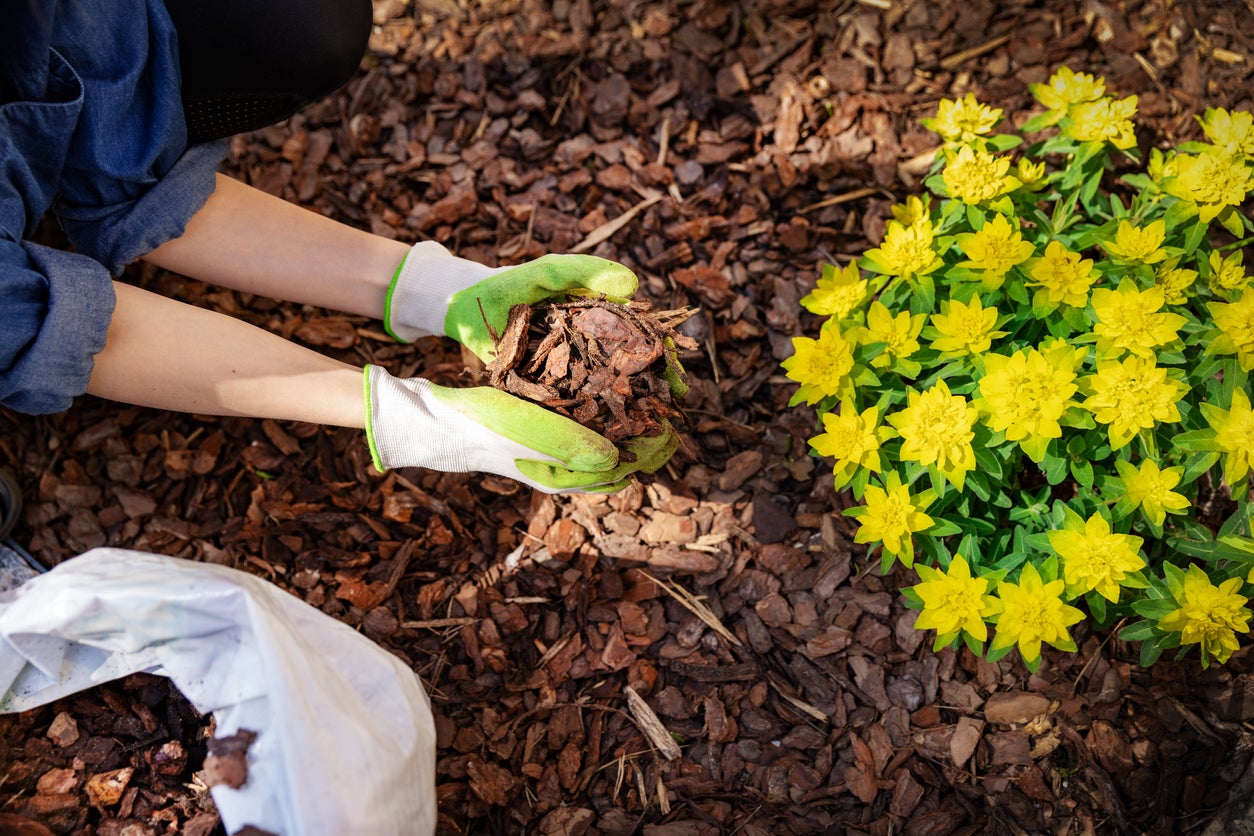
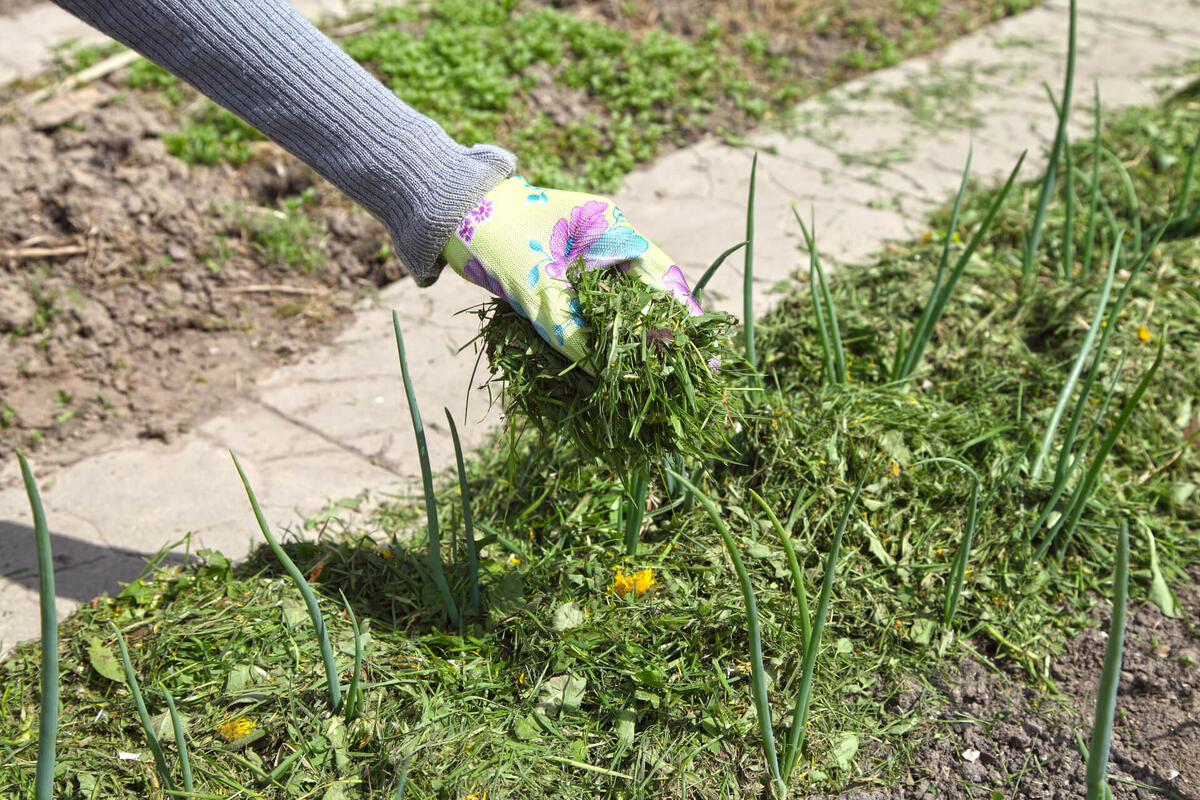
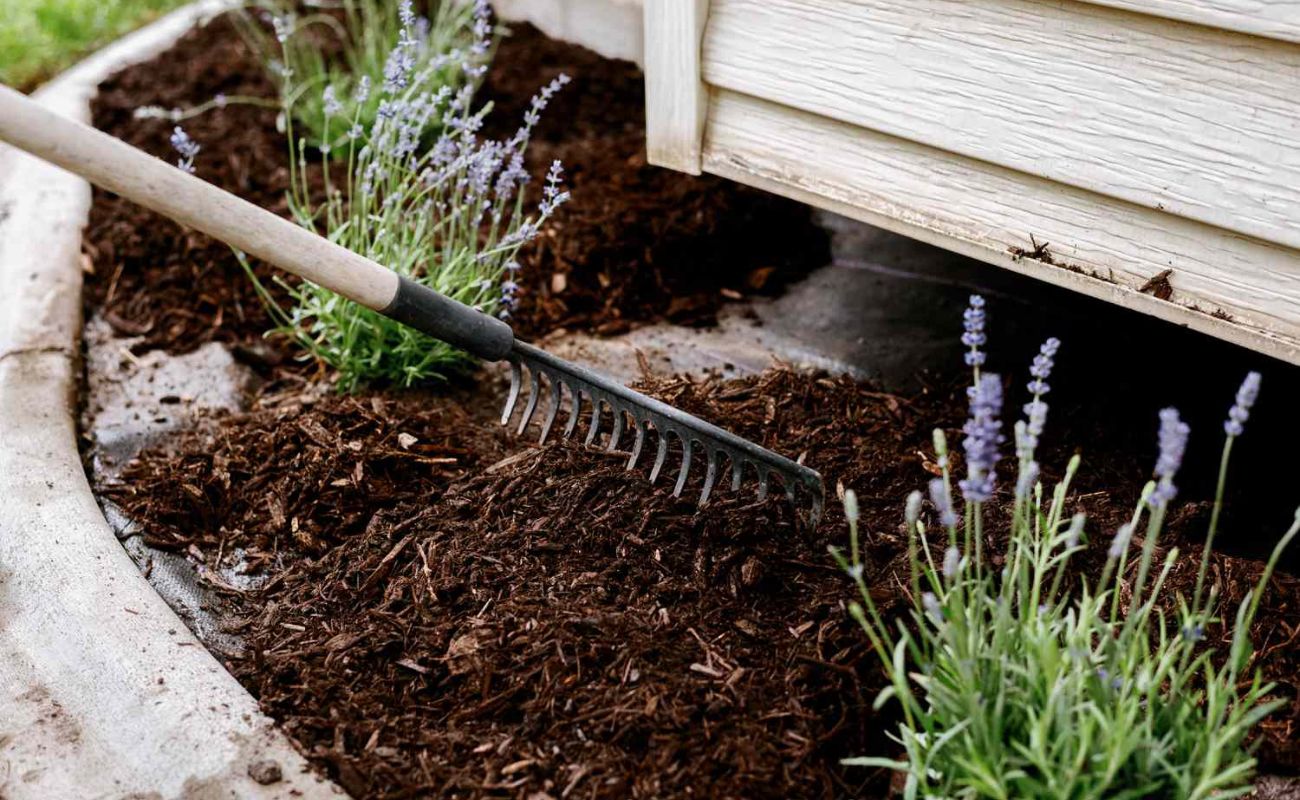
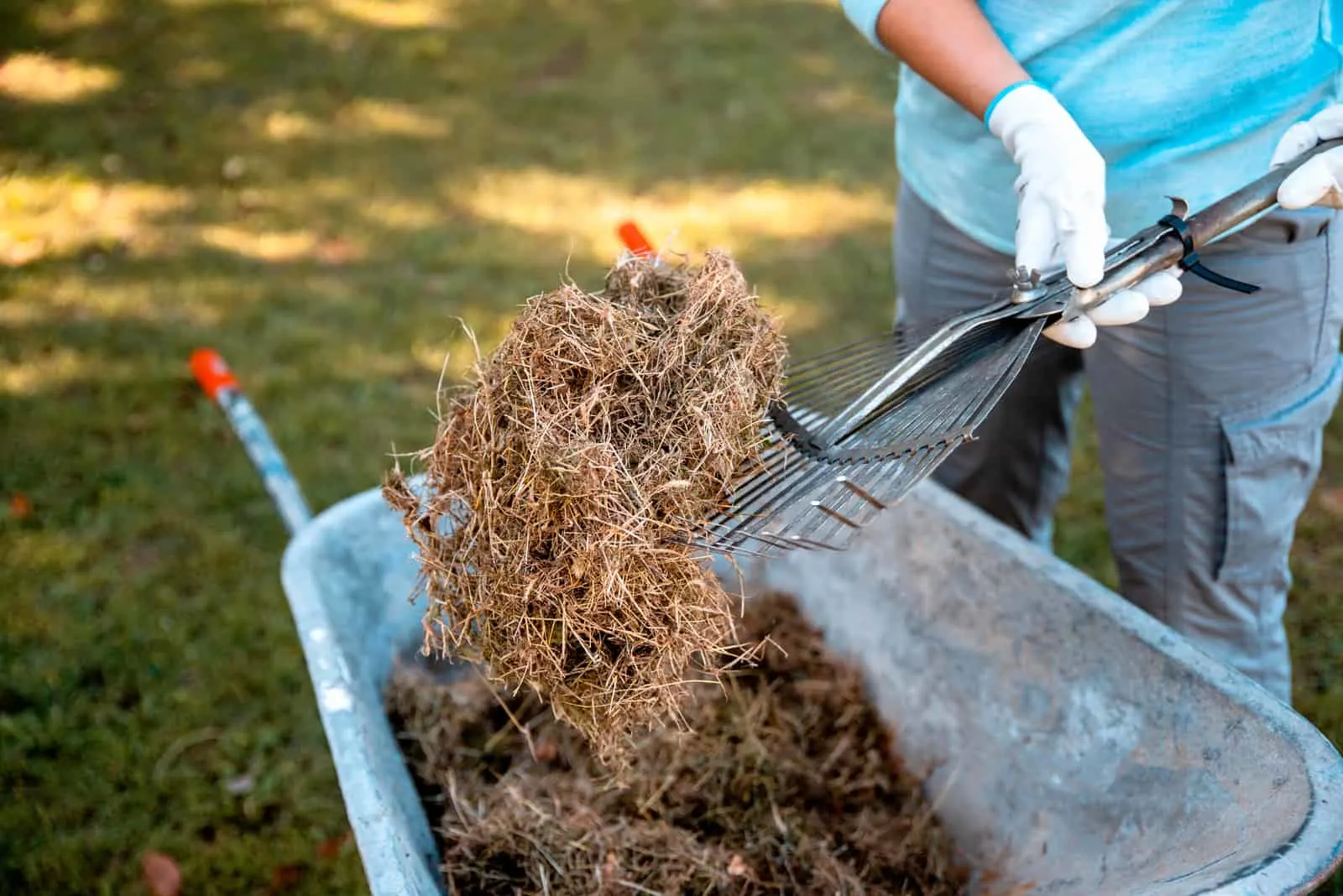
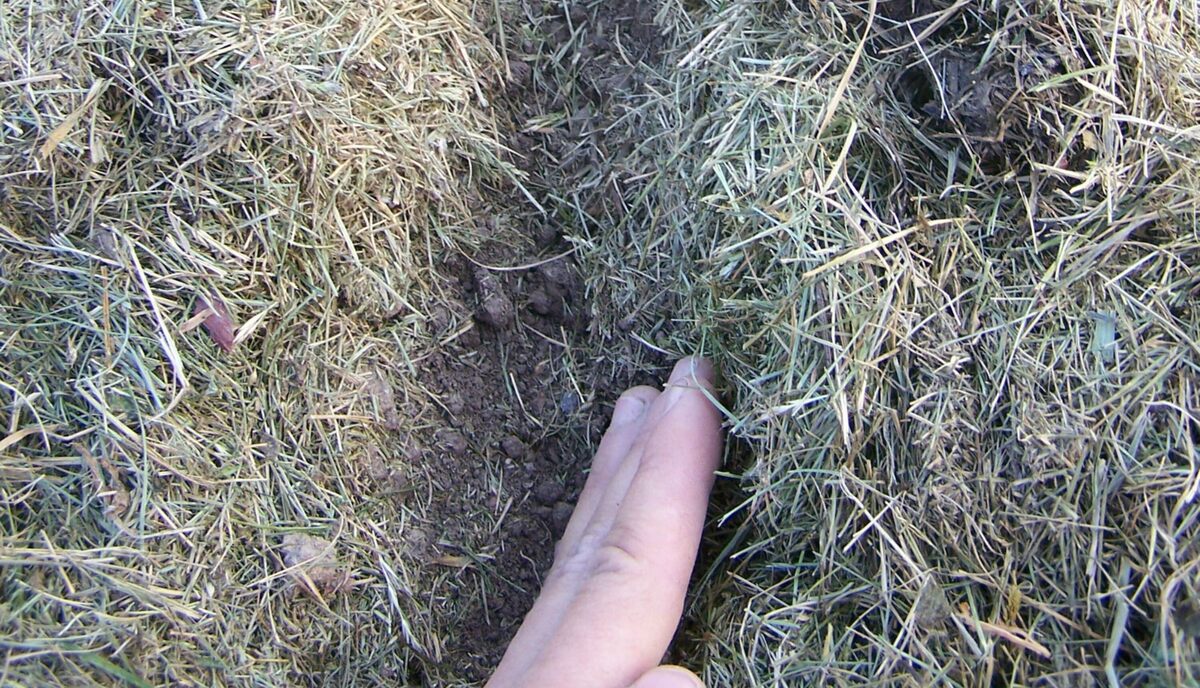
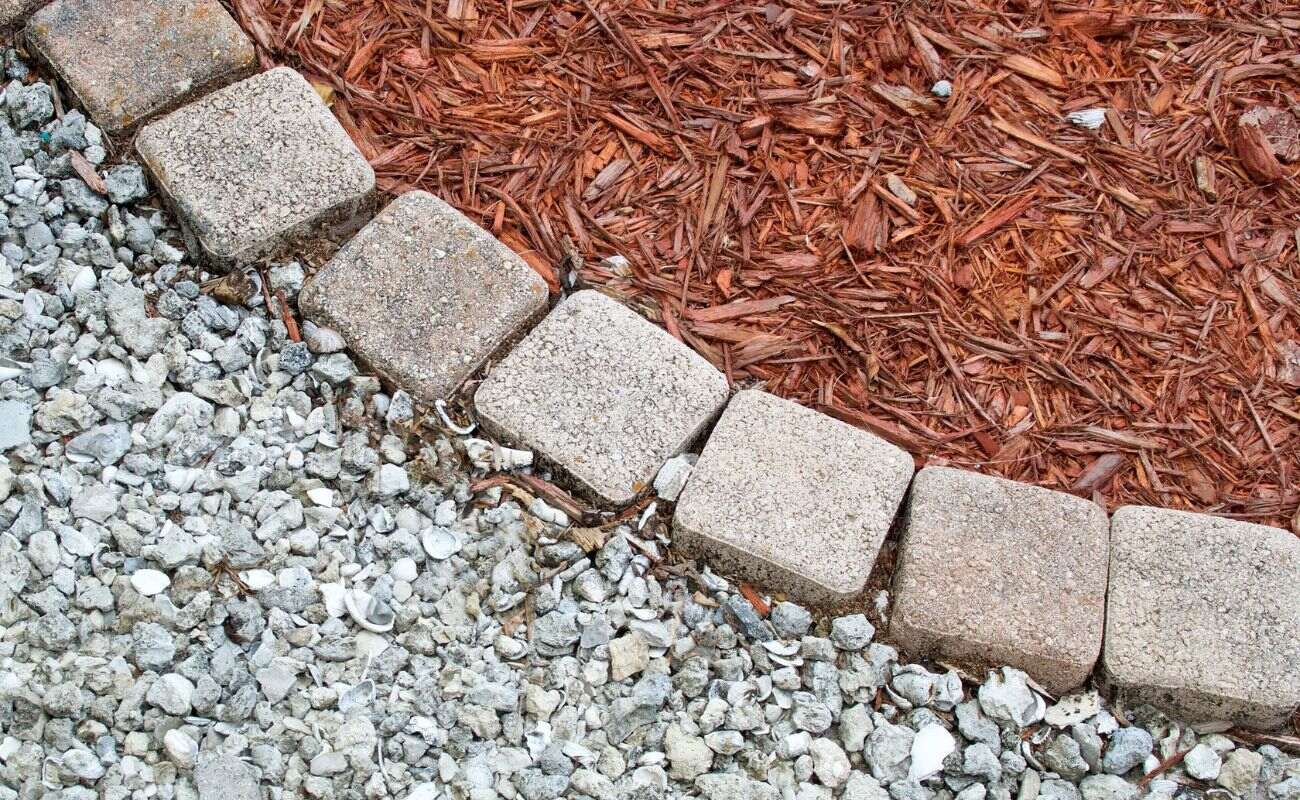
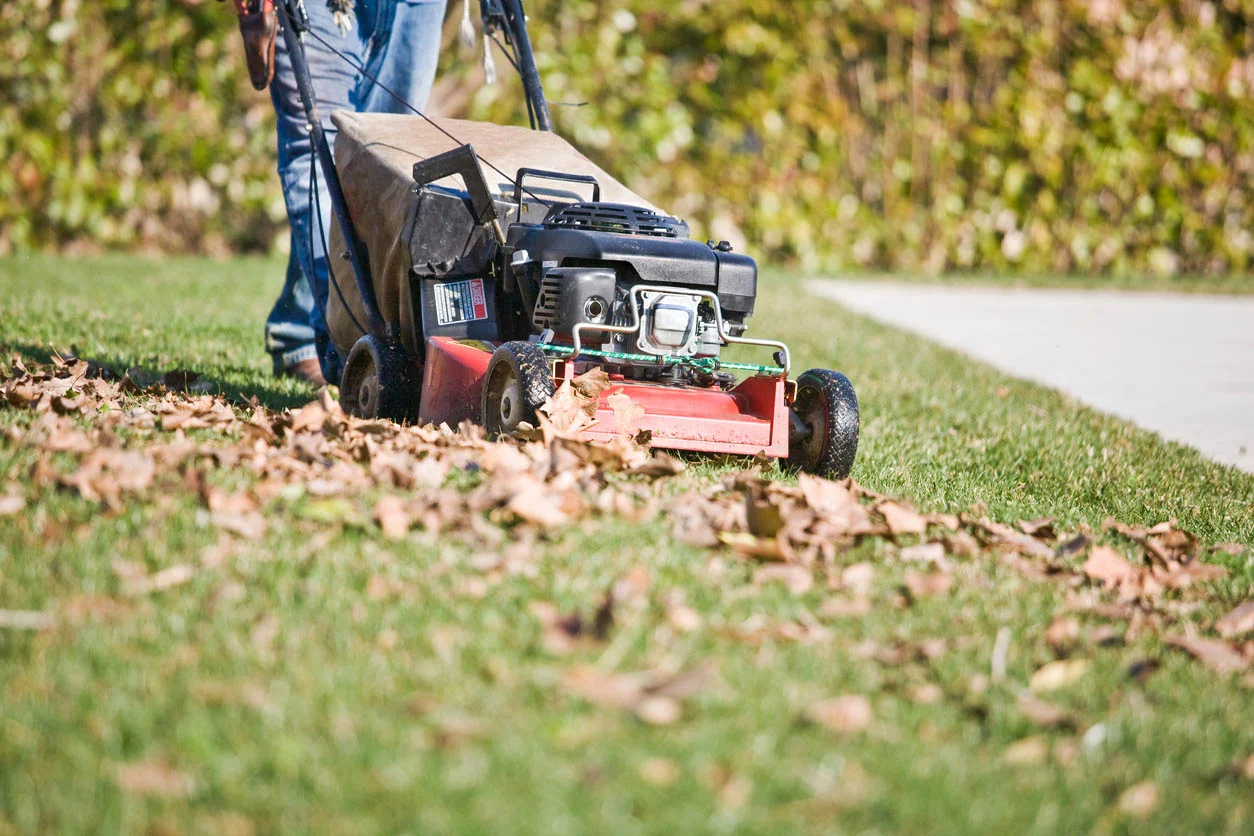
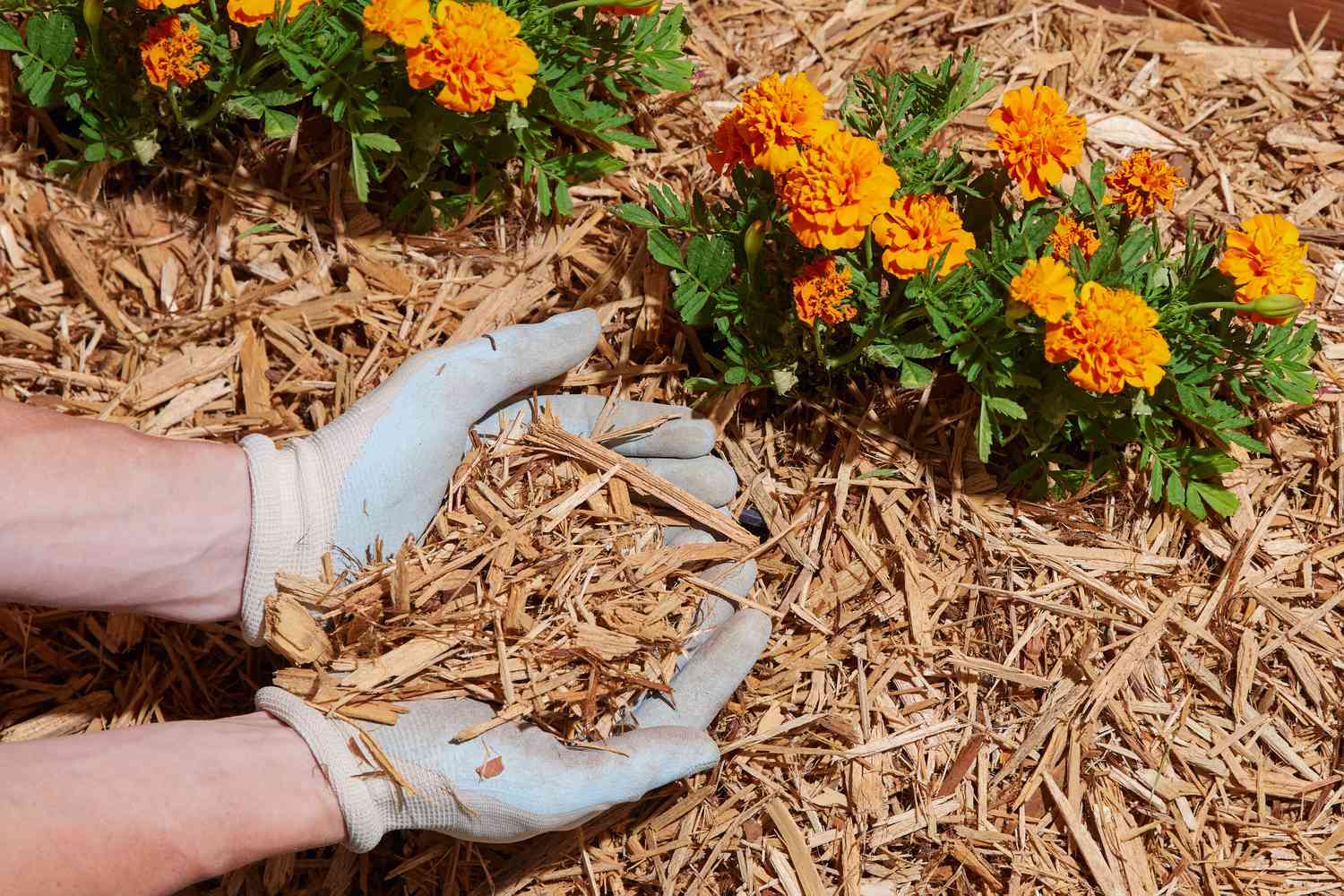
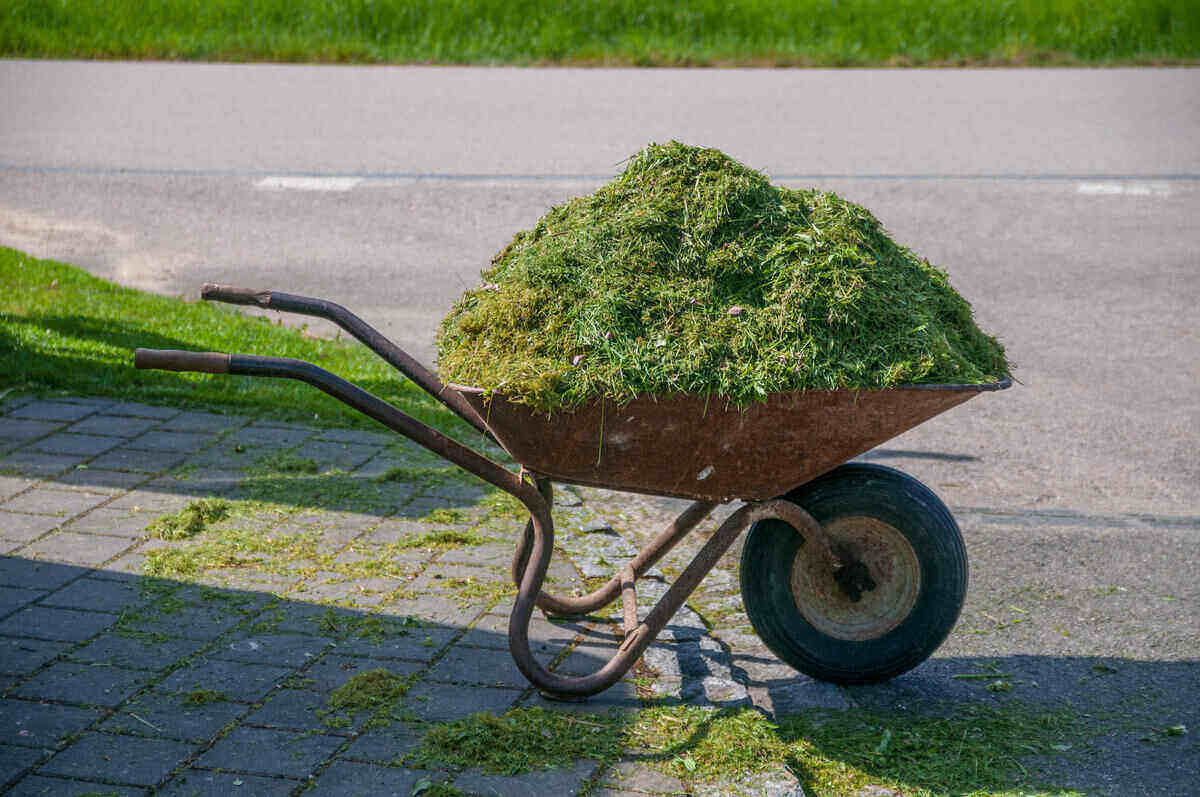
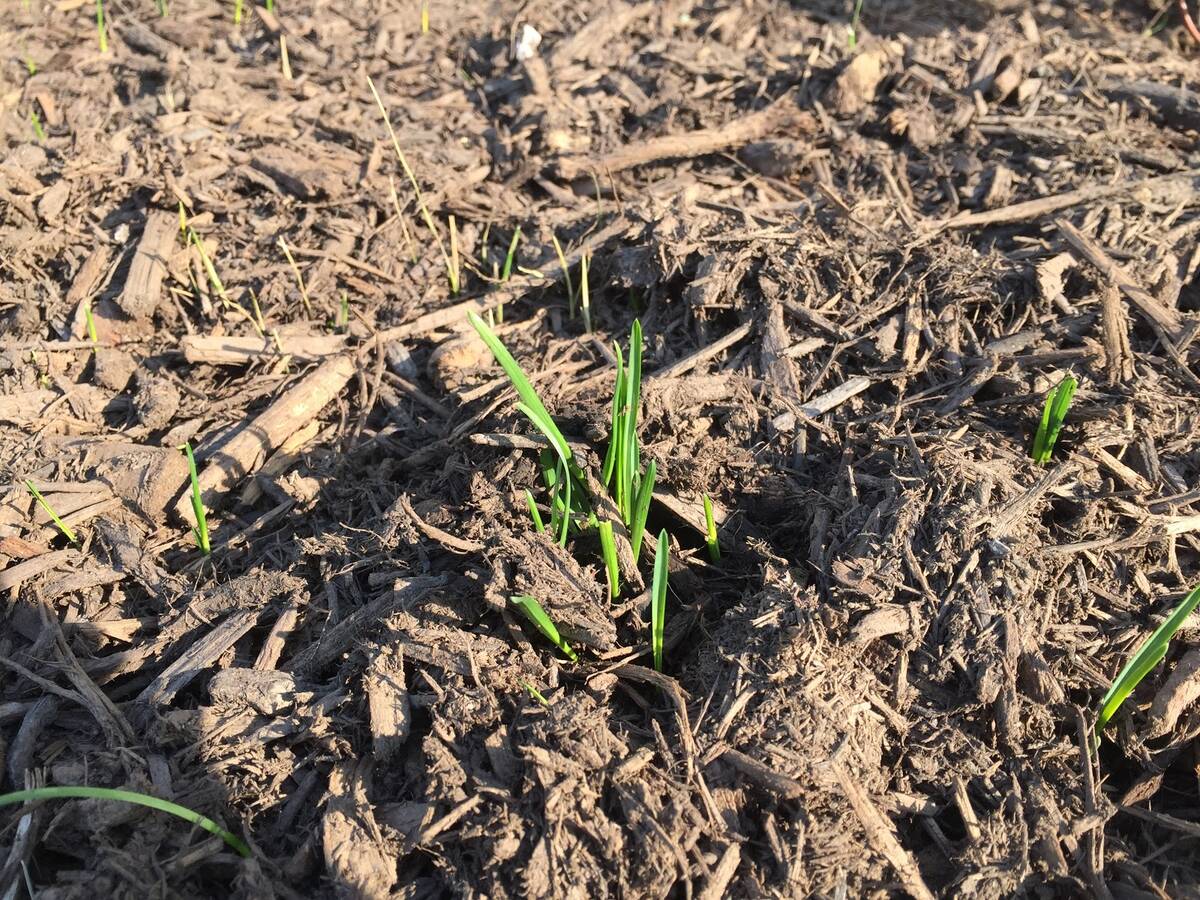
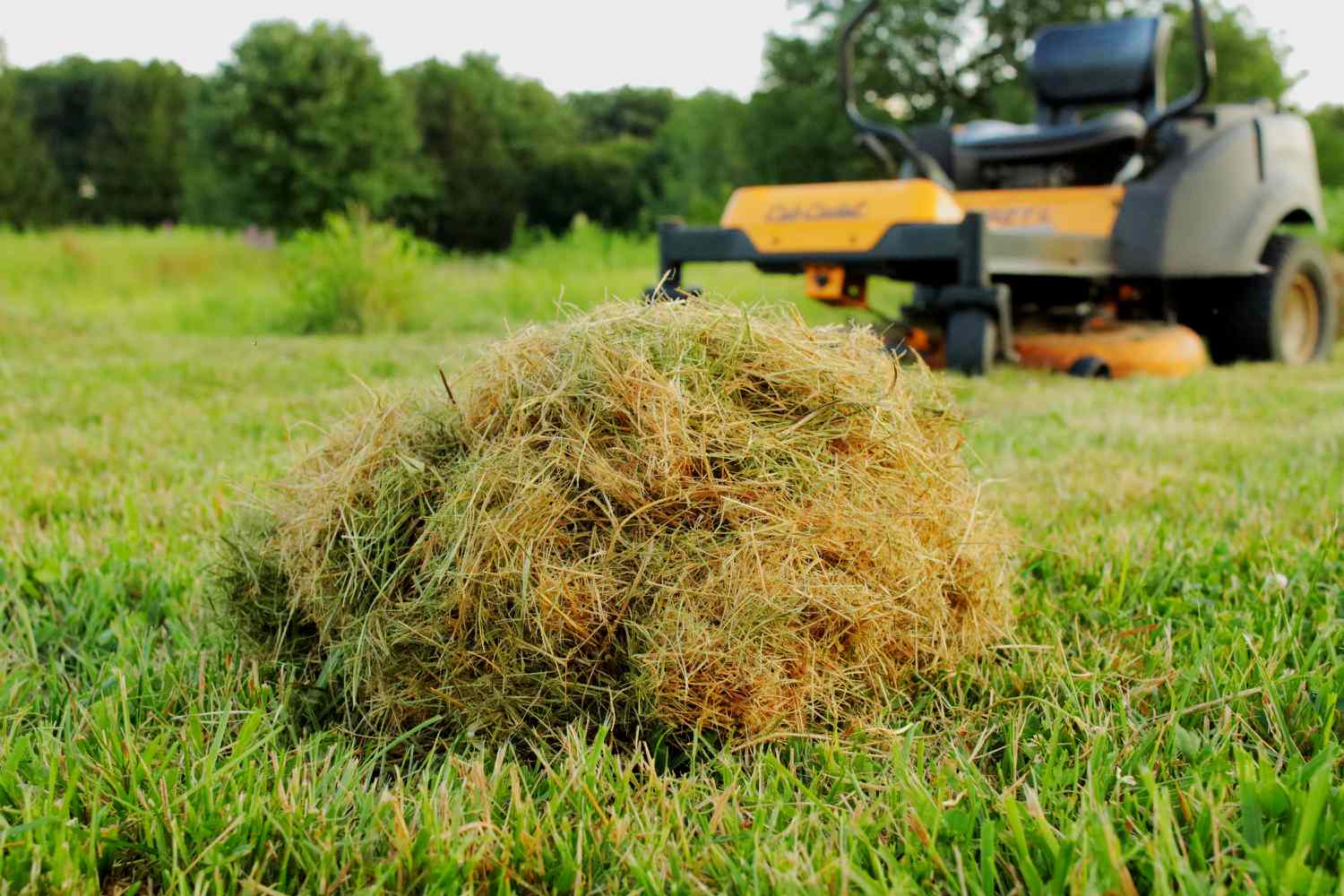
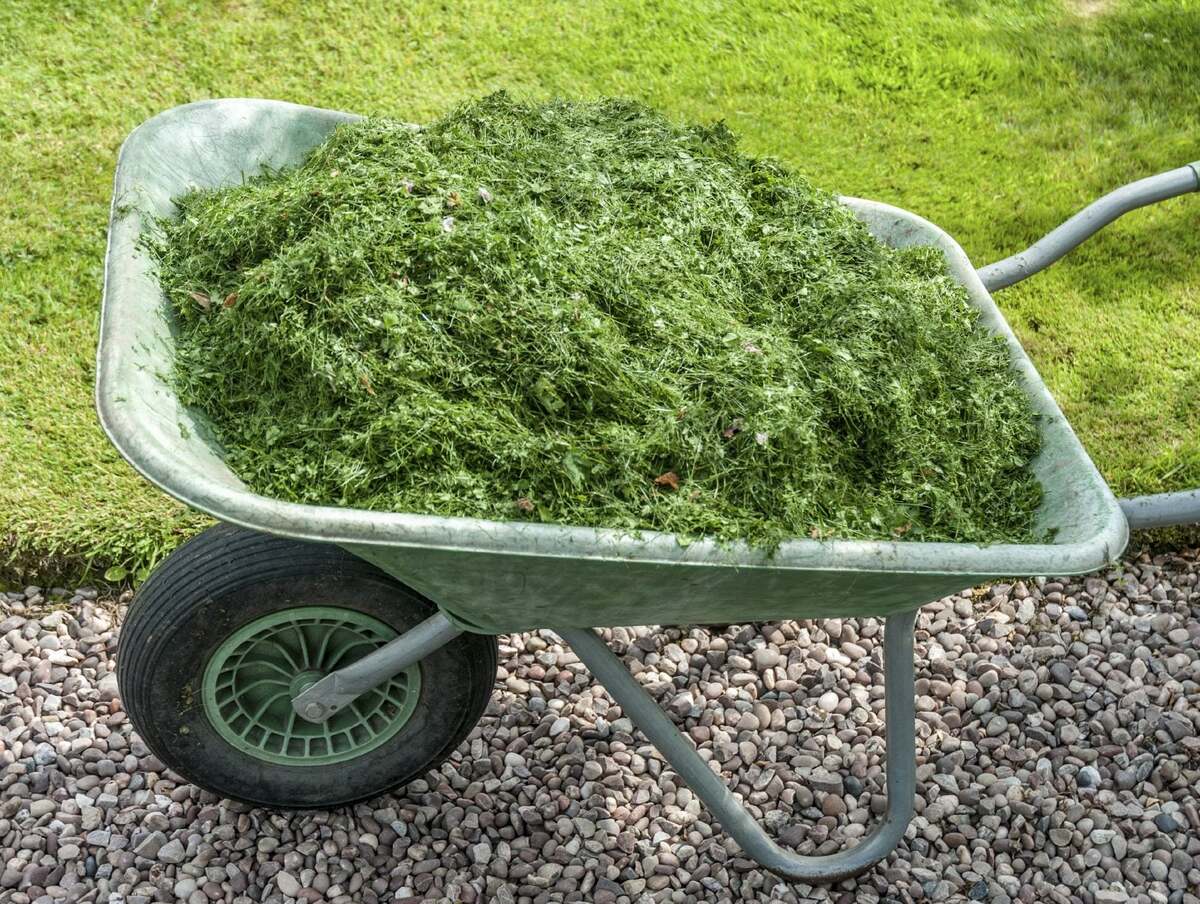
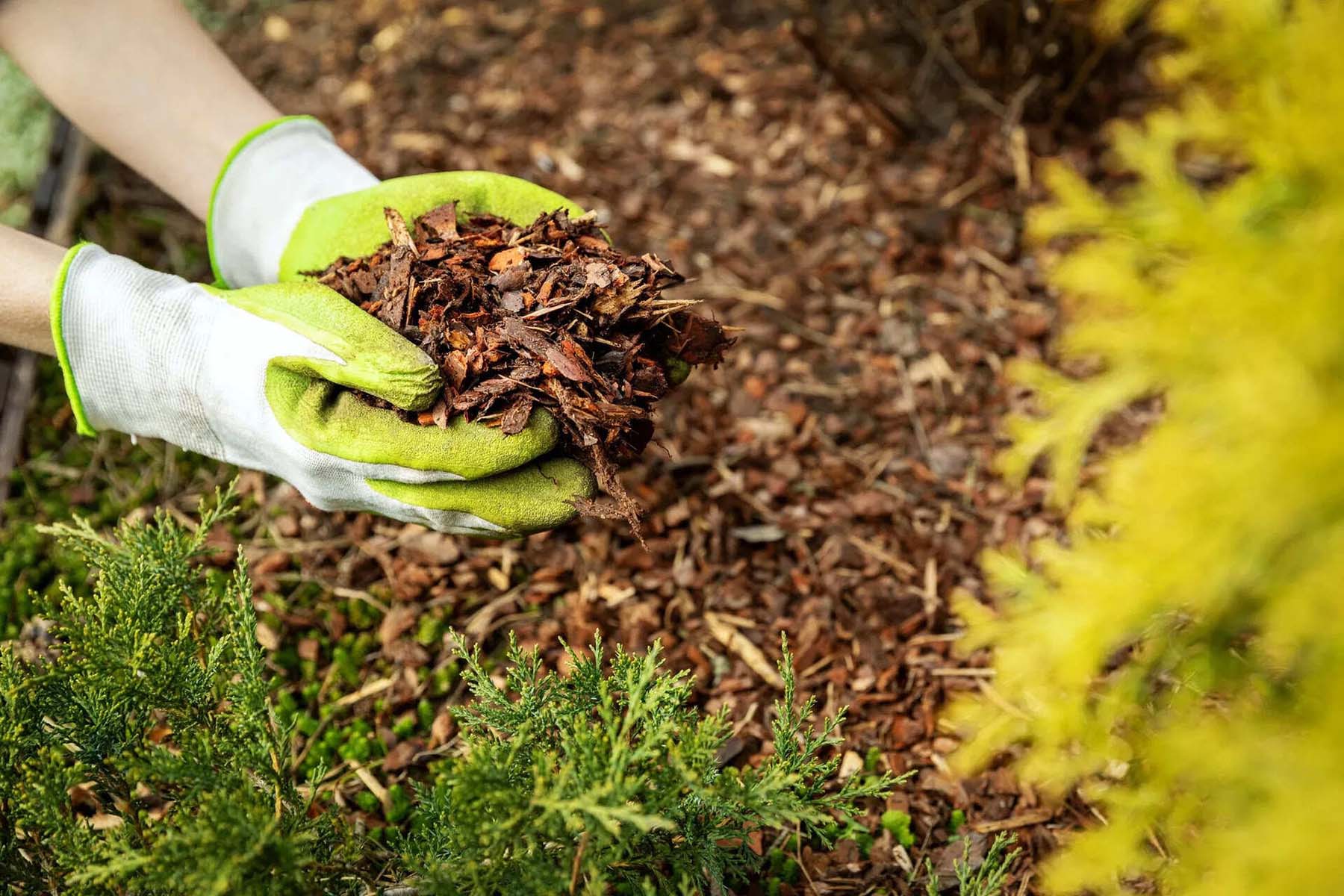

0 thoughts on “How To Store Mulch”